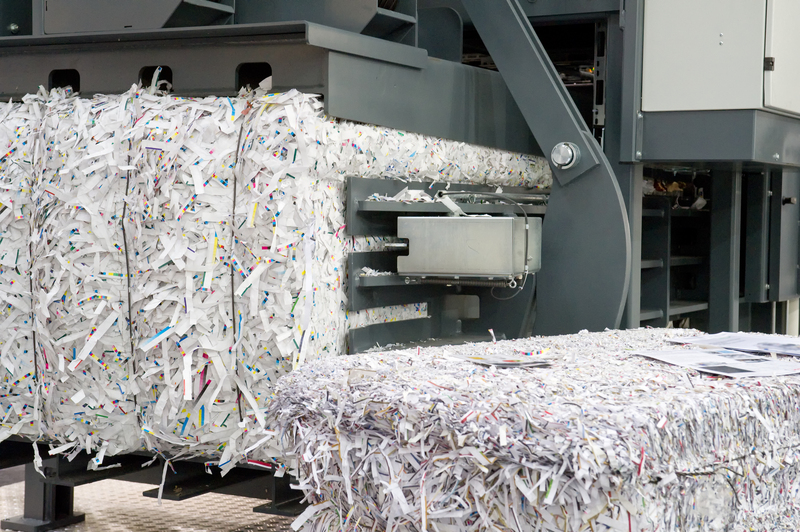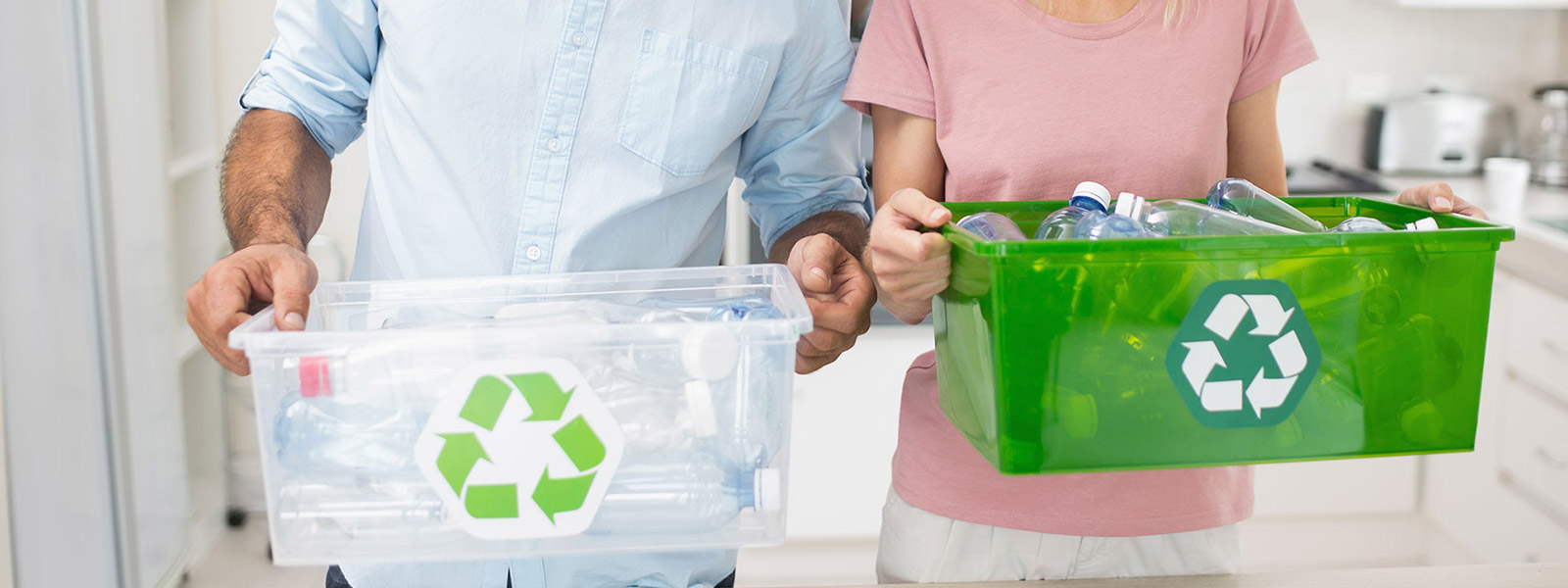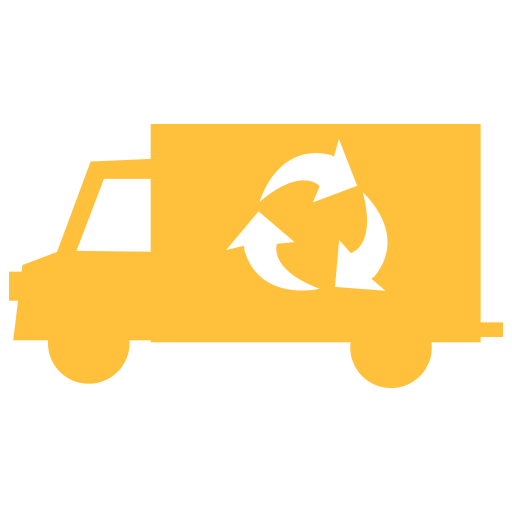Greener Workspaces: Steps to Cut Down Office Waste
Posted on 18/08/2025
Greener Workspaces: Steps to Cut Down Office Waste
In today's rapidly changing world, environmental sustainability is more important than ever. Businesses, regardless of their size, have a pivotal role to play in reducing waste and promoting greener workspaces. Cutting down office waste not only benefits the environment but can also lead to cost savings, increased employee satisfaction, and an enhanced brand image. In this comprehensive article, we'll walk you through practical steps to minimize office waste and create more eco-friendly workplaces for your team.
Understanding Office Waste
Before implementing greener office solutions, it is essential to grasp what constitutes office waste. Office waste refers to any unwanted materials generated during the day-to-day operations of a workplace. These typically include:
- Paper waste: discarded printouts, mail, forms, and shredded documents.
- Packaging waste: cardboard boxes, bubble wraps, and other delivery materials.
- Electronic waste: obsolete computers, printers, cartridges, cables, and batteries.
- Plastic waste: coffee cups, utensils, water bottles, and food containers.
- Food scraps: leftover food, fruit peels, and coffee grounds.
- Miscellaneous waste: pens, markers, broken furniture, and other non-recyclable items.
Embracing sustainable office waste management is about finding long-term, systematic solutions to reduce, reuse, and recycle these materials efficiently.
The Importance of Reducing Waste in the Office
- Environmental Benefits: Reducing office waste helps decrease landfill usage, conserves natural resources, and cuts down greenhouse gas emissions.
- Financial Savings: Offices that cut down waste can save on procurement and waste disposal costs.
- Employee Engagement: Staff are more motivated in a clean, responsible, and health-conscious environment.
- Corporate Social Responsibility: Businesses seen as sustainability leaders can enhance their reputation with investors and customers.
Making the move towards a green workspace goes far beyond recycling bins; it is a commitment to conscious consumption and innovation in the workplace.
Practical Steps to Cut Down Office Waste
1. Embrace Paperless Solutions
The average office worker uses about 10,000 sheets of paper each year. Going paperless, or at least reducing dependency on paper, significantly decreases office waste.
- Digitize Documents: Use cloud-based platforms for sharing, editing, and storing files.
- e-Signatures: Adopt electronic signature tools to eliminate the need for printing contracts or agreements.
- Online Billing and Payments: Issue digital invoices and statements to clients and suppliers.
- Meeting Notes: Use laptops, tablets, or collaborative note apps during meetings.
Remind everyone to print only when necessary and always use double-sided printing. If paper must be used, choose 100% recycled paper products.
2. Set Up Comprehensive Recycling Stations
Creating easy-to-access, well-labeled recycling stations encourages employees to sort and dispose of waste responsibly. Effective recycling programs for offices should include:
- Separate bins for paper, plastics, and metals
- Compost bins for food scraps and biodegradable materials
- e-Waste collection points for obsolete electronics, toner cartridges, and batteries
Regularly communicate and educate staff about what can and cannot be recycled to avoid contamination.
3. Reduce Single-Use Plastics
Single-use plastics are a major contributor to office waste. Switch to eco-friendly alternatives by:
- Providing reusable water bottles, cups, and coffee mugs
- Introducing stainless steel or bamboo cutlery and crockery in kitchenette areas
- Encouraging employees to bring their own lunchboxes or food containers
- Stocking the pantry with bulk snacks to reduce individual packaging
A ban on single-use plastics in the office is a proactive step toward a greener workspace.
4. Sustainable Procurement Policies
The products you buy have a direct impact on your workplace waste. Create and enforce sustainable procurement policies by:
- Choosing office supplies with minimal packaging or packaging that is recyclable or compostable
- Opting for recycled and durable products, such as recycled paper, refillable pens, and remanufactured printer cartridges
- Prioritizing local suppliers to reduce transportation emissions and packaging
- Partnering with vendors who have strong environmental commitments
Inculcating sustainable purchasing practices helps reduce the influx of non-recyclable materials in your workplace.
5. Optimize Printing Practices
When printing is unavoidable, optimizing your printing process can help reduce office waste:
- Default to double-sided (duplex) printing
- Set printers to draft mode to save on ink and toner
- Use preview features to avoid printing unnecessary pages
- Encourage the use of recycled paper and remanufactured toner cartridges
6. Encourage Green Commuting
While not direct office waste, the way employees commute contributes to the organization's overall environmental impact. Greener commuting options can include:
- Promoting public transportation, cycling, and carpooling
- Installing bike racks and shower facilities
- Allowing remote or hybrid work to reduce commuting altogether
Such initiatives contribute to a comprehensive approach to reducing your office's carbon and waste footprint.
7. Tackle Food Waste in the Office
Food waste in offices, especially those with cafeterias or break rooms, is often overlooked. Here are some solutions to address this issue:
- Encourage staff to label their food in shared fridges to prevent accidental disposal
- Install countertop compost bins for food scraps and coffee grounds
- Donate surplus snacks and non-perishable food items to local charities
- Implement "take home" policies for leftovers after office events
Effective food waste management is a crucial element for a truly green workspace.
8. Implement a Zero Waste Policy
Setting ambitious goals such as zero waste to landfill can spur innovation and accountability. Steps to get there may include:
- Conducting waste audits to identify and track waste streams
- Engaging employees in "green teams" to champion sustainability initiatives
- Measuring and celebrating progress towards waste reduction goals
- Regularly reviewing and improving office waste strategies
A zero-waste initiative encourages creativity and ongoing improvement across all departments.

How Technology Powers Greener Workspaces
Modern technology offers a host of digital tools to reduce waste and manage resources more efficiently. Consider integrating these solutions:
- Smart Lighting and HVAC Systems: Motion sensors and automated controls can reduce unnecessary energy usage.
- Energy Management Software: Tools that track and optimize energy consumption.
- Cloud Collaboration Tools: Reduce the need for printed documents and physical meetings.
- Asset Management Apps: Track office equipment for repair or repurposing, minimizing e-waste.
By leveraging such technology, offices can operate more efficiently and advance their green workspace initiatives.
Employee Engagement: Building a Eco-Conscious Workplace Culture
The most effective way to reduce office waste is by engaging everyone on your team. Build a strong culture around sustainability by:
- Hosting green office training sessions to educate staff about best practices and waste reduction goals
- Running eco-friendly challenges and competitions to motivate participation
- Celebrating milestones and recognizing eco-champions in the office
- Providing regular feedback and updates on progress
A well-informed and motivated team is essential for the ongoing success of any sustainable office initiative.
Measuring and Improving Office Waste Reduction
Setting clear, measurable goals is key to creating lasting change. Here's how to make continual progress:
- Conduct regular waste audits to understand what's being discarded and how to address it
- Track monthly recycling and waste diversion rates
- Request feedback from employees to identify new opportunities for improvement
- Share progress reports and case studies internally and externally
Transparency helps motivate ongoing participation and celebrates collective achievement in the journey towards a greener workplace.

FAQs about Cutting Down Office Waste
What are the best ways to reduce paper waste in offices?
The most effective methods are to switch to digital systems, limit printing, use recycled paper, and default to double-sided printing for any physical documents.
How can small offices implement eco-friendly practices?
Small offices can start by setting up basic recycling stations, switching to digital communication, purchasing sustainable supplies, and involving everyone in sustainability initiatives.
What should I do with old electronics?
Always use certified e-waste recyclers or donate working devices to local schools or charities. Never throw electronics into regular trash bins.
How can we encourage employees to participate?
Hold regular training, offer incentives, highlight the impact of green actions, and lead by example from top management.
Conclusion: Building a Greener Workspace for the Future
Cutting down waste in the office isn't just an environmental imperative--it's smart business. By embracing sustainable work practices, your company can reduce costs, attract eco-conscious clients and employees, and contribute to a healthier planet. Start by implementing even a few of the actions listed in this guide and you'll soon see positive results in both your workplace and the environment.
Adopting a green workspace philosophy means continually seeking new opportunities to cut office waste and involving everyone in the journey. Together, we can create workspaces that are not just productive, but truly sustainable for generations to come.

 020 3409 4688
020 3409 4688 020 3409 4688
020 3409 4688




 House clearance
House clearance Waste Removal
Waste Removal Here at Rubbish Collection we offer an efficient and affordable house clearance at the best price. We can perform full domestic clearance in London, removing...
Here at Rubbish Collection we offer an efficient and affordable house clearance at the best price. We can perform full domestic clearance in London, removing... Waste can accumulate quickly and before you know it, it’s everywhere and taking up lots of space. If you would like it professionally removed, hire Rubbish Collection for the...
Waste can accumulate quickly and before you know it, it’s everywhere and taking up lots of space. If you would like it professionally removed, hire Rubbish Collection for the...





